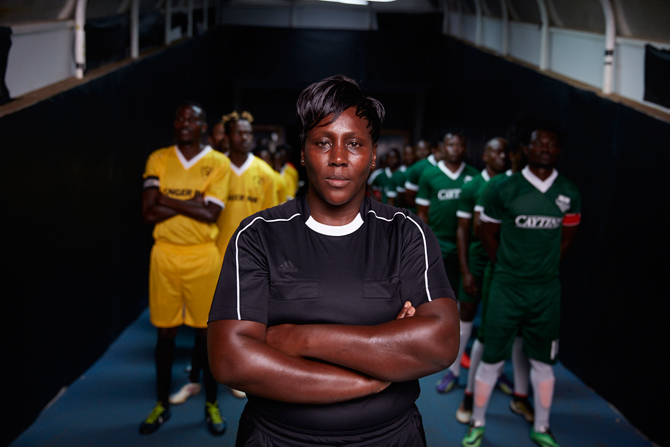
05 June 2018

At the Cannes Lions Festival 2017, UN Women and a number of leading voices in the marketing and advertising industry, including WFA, founded the Unstereotype Alliance. The Alliance recognises that advertisers and creatives have the power to influence culture and society in a positive way through how people are portrayed in advertising and marketing. The initiative was born from the belief that we need a new, unprecedented agenda for the industry that breaks down outdated and harmful stereotypes about men and women and helps to create a world with unlimited possibilities.
As part of WFA’s commitment to the Alliance we have developed this short guide which we hope will build awareness for the movement among our corporate members around the world, our national advertiser associations in 60 countries on six continents and the tens of thousands of brands represented by them at local level.
This guide aims to illustrate how the advertising industry needs to move with the times in terms of gender portrayal in advertising. And it is not just “a nice to do”. There are compelling social and policy-based reasons why the marketing industry needs to evolve. Critically, there is also a very compelling business case for why industry must act.
This is only the beginning of a global movement. But some industry leaders have already made great progress in terms of addressing gender portrayals in their own marketing communications.
They have also comprehensively researched and developed a strong understanding of how ‘unstereotyping’ – the use of messages that don’t confine either gender to a traditional or limited role but instead show them as progressive and modern, authentic and multidimensional – can have both a positive impact on both society and on the company bottom line.
It is our ambition as WFA to help gather insights and share best practices across the broader marketing industry.
Of course, addressing gender stereotypes is only the first step. Going forward, it is our ambition to address other dimensions of identity too. Gender stereotypes do not exist in a vacuum but are rather often intertwined with others around race, ethnicity, sexual orientation, physical ability, class and education.
We welcome any comments you may have and will endeavour to incorporate your feedback into our next edition.
In the meantime, I sincerely hope this inspires you to challenge yourselves and the status quo for the benefit of society, our industry and our businesses at large.
You will find our guide here.
Source - wfanet.org